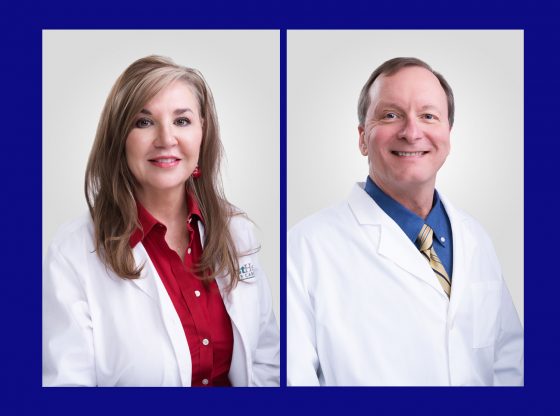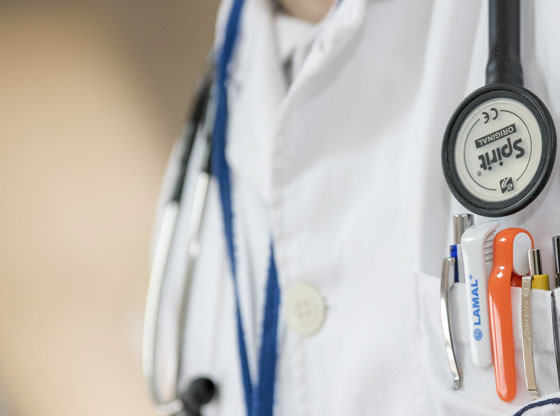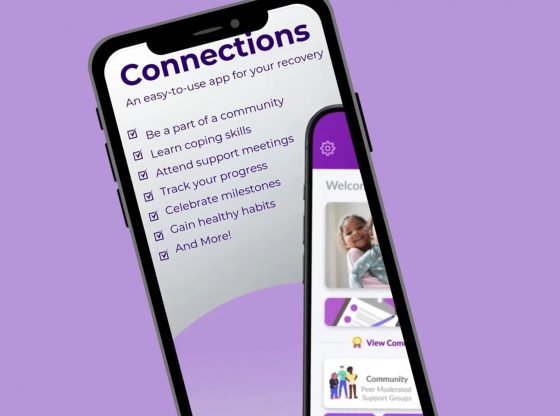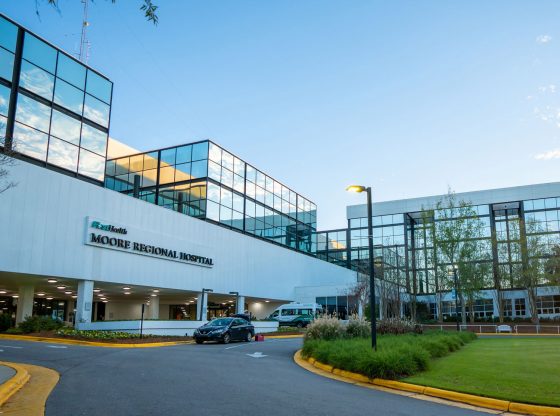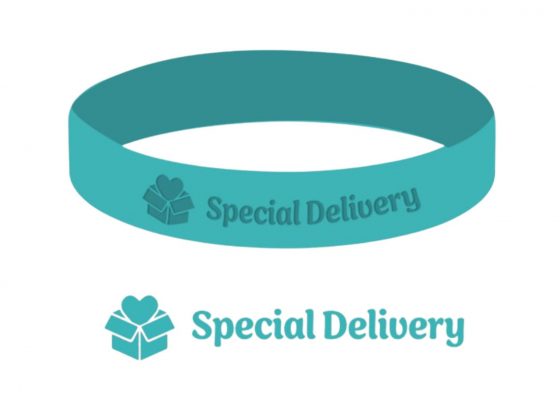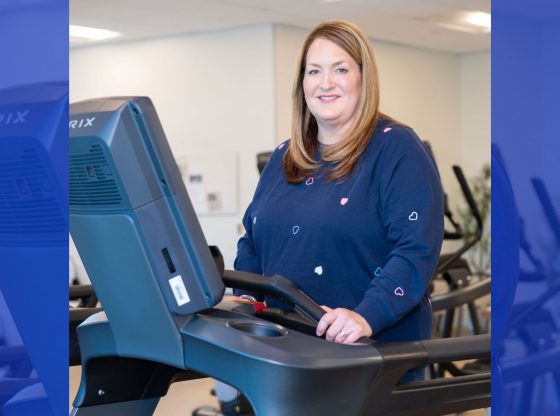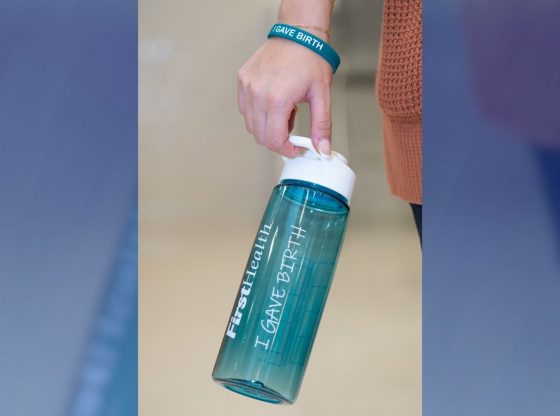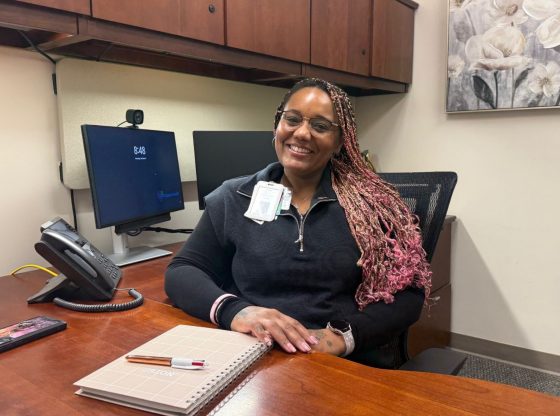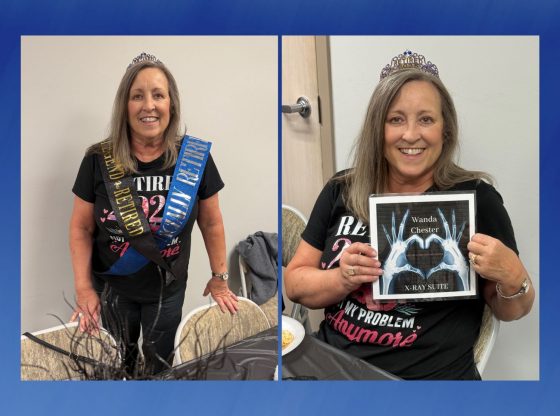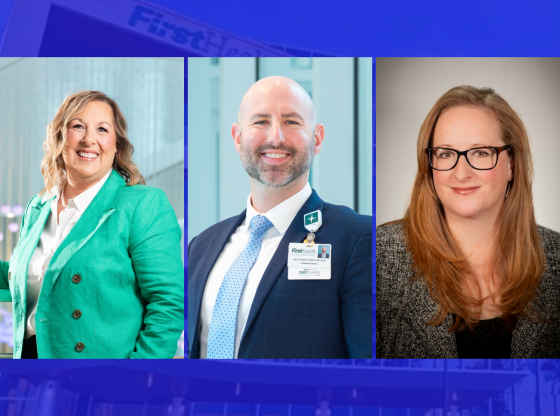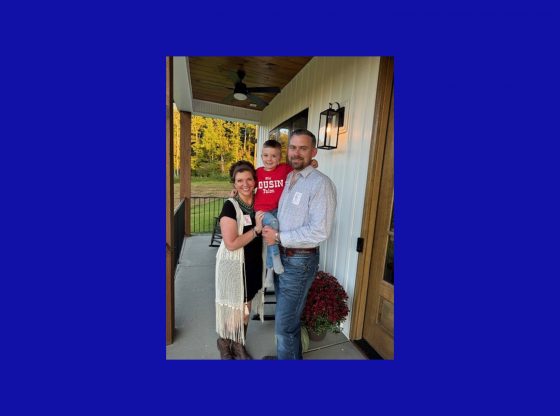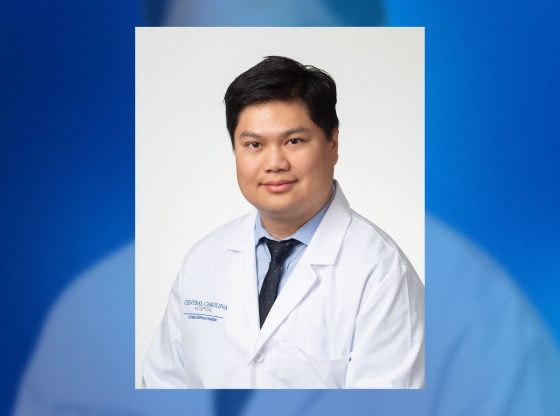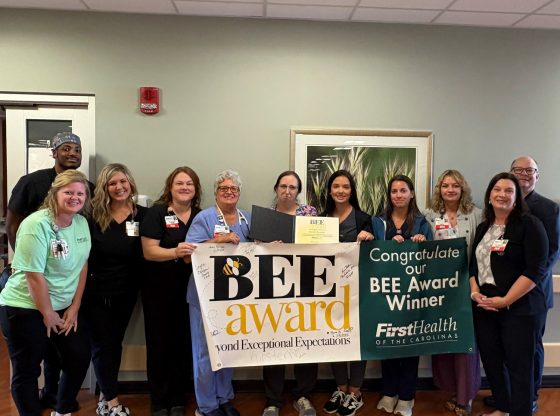Community Blood Center of the Carolinas has taken a unique step to further connect its blood donors with the patients who receive their lifesaving gifts.
The local nonprofit blood center has developed a new patient-to-donor messaging system called Message My Donor. This internal system allows patients in local hospitals to send an anonymous note to the donor of the blood product they receive.
“As the link between donor and patient, we are in an extraordinary position,” CBCC President and CEO Martin Grable said. “The honor of delivering these heartfelt messages is not lost on our staff. We are incredibly excited to facilitate this communication and shrink the gap between our local volunteer donors and the people in our community whose lives they impact.”
Message My Donor is shared via tags CBCC staff attach to units of blood before shipping them to select local hospitals. CBCC has worked with those hospitals they supply to educate staff members about the program and encourage them to point out the tags to patients and families.
The tags direct patients to www.MessageMyDonor.com, where they can input the Donor Identification Number from the blood product they received. From there, patients can type up a message that will be screened by CBCC’s Medical Office and mailed or emailed to the donor.
Though the program is still in the early stages, patients are already taking advantage of the opportunity to thank the people who are helping save lives in our community.
“Thank you so much for taking the time and effort to donate blood,” one message states. “It really is a lifesaving gift for me. I am on chemo treatments for lymphoma and it really depletes my blood counts. I am getting your platelets now as I am typing this.”
While all Message My Donor communication remains anonymous, patients are able to submit their information to CBCC so they can share their experience of receiving blood products. Grable said these real-life stories are what makes CBCC’s mission so special.
“When you donate with CBCC, you are helping patients in our community,” he said. “These people could be your friends, co-workers, even family members. Hearing these stories and seeing these faces validates the work we do every day, and none of that is possible without our donors.”




